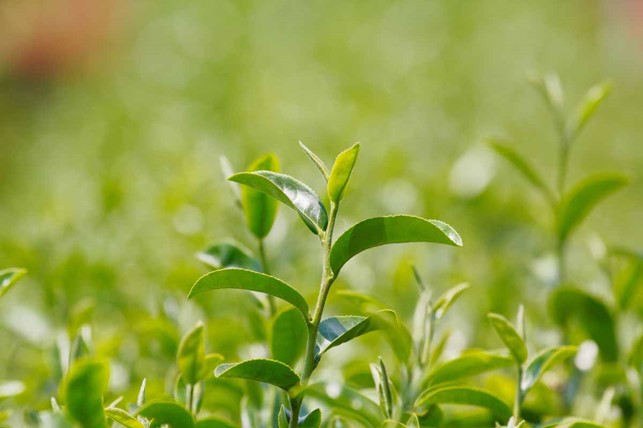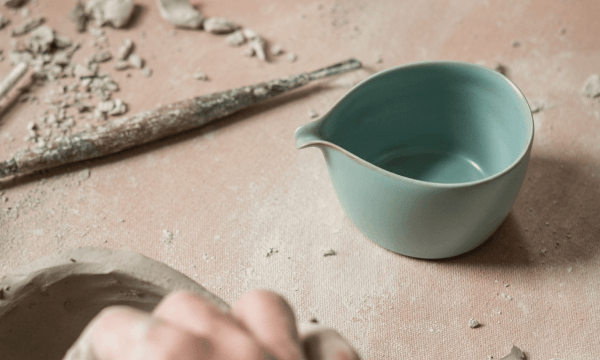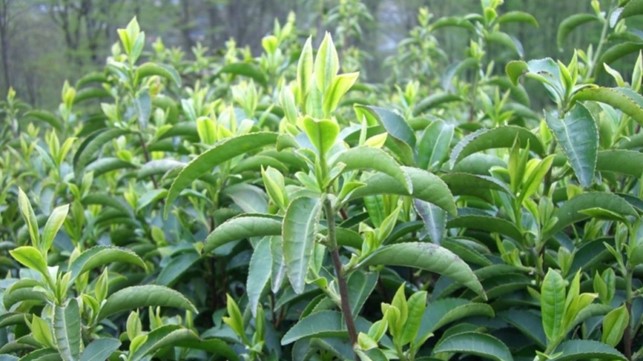Uncategorized
The Camellia Sinensis plant
All tea comes from a single plant known as Camellia sinensis. It is an evergreen shrub that grows like a small tree. The sub-species Camellia Sinensis Sinensisis native to south-eastern China. The plants can live up to 100 years or more and the leaves are harvested throughout the year.
It has a lower yield than its Indian cousin, a more refined complexity and lower caffeine levels.
Who discovered Camellia sinensis?
It was the Reverend Georg Joseph Kamel, in the late 17th century, who first used the name Camellia Sinesis.
However, he is not credited with discovering Camellia Sinensis, nor with naming it. It was Carlo Linneo who referred to the green tea plant as Camellia sinensis, from the combination of Camellia, in honour of the Reverend Kamel, and sinesis, which means Chinese in Latin.
Linnaeus himself had published another work three years earlier, however, his Specie plantarum, in which he again called it Thea sinensis. In the second edition of this work he abandoned this name and divided the plant into two distinct species: Thea viridis (with nine petals) and Thea bohea (with six petals).
Indian and Sinhalese botanists have long maintained the double nomenclature of Camellia Thea.
It was not until 1958 that J. Robert Sealy finally established the current taxonomic denomination with his publication A revision of the Genus Camellia published by the Royal Horticultural Society.

Characteristics of Camellia Sinensis
Camellia sinensis is an upright shrub with ovate-acuminate, toothed leaves of a glossy light green colour; the small, simple white flowers bear numerous golden-yellow stamens; it is native to mainland South and Southeast Asia, but is now cultivated throughout the world, especially in tropical and subtropical regions.
Camellia Sinensis in its natural state can grow well over two metres, but for ease of cultivation it is generally kept to the size of an evergreen bush or small tree. The roots are strong and the flowers can have a diameter of 4 centimetres and 7 or 8 petals. The leaves are 4 to 15 cm long and 2 to 5 cm wide. A fresh leaf contains about 4% caffeine.
Camellia sinensis is mainly grown in tropical and subtropical areas, where rainfall can reach 2 metres per year; the most suitable soil is acidic and permeable, without waterlogging. The areas where it can be found are mainly in China, Bangladesh, Sri Lanka, Japan and Kenya. However, it should be remembered that this plant is cultivated on all continents, even in regions much further north than the areas mentioned above, such as Cornwall.
The ideal temperature for its growth is between 10° and 30°C, and cultivations can be found even at an altitude of 2,500 m (it is at higher altitudes that the finest teas are often obtained). The life cycle of Camellia sinensis lasts for about fifteen years, although there are wild specimens that exceed a century in age.
There are two varieties of Camellia Sinensis
Camellia Sinensis Sinensis is used for the production of fine and delicate teas such as white and green teas. It grows in the mountains, above an altitude of 2,500 metres. The leaves are narrow and the shrubs are quite tall (up to 5 metres), it flowers for about six months of the year and during the winter it remains dormant, finding the energy to regenerate and retain nutrients, which is why the first harvest in spring is particularly valuable.
Camellia Sinensis Assamica is native to the Assam region located north of India and cultivated especially in Sri Lanka and Africa.It is used for the production of strong, dark teas as well as Oolongs and Pu’er.Producing high quality Chinese teas remains a laborious process of hand-picking and processing the whole leaves to maintain the full flavor of the tea leaf.
Through the Song, Tang, Ming and Qing dynasties and into our modern era, the Chinese people’s love and respect for nature, combined with the continual development of new growing and processing techniques, has given us the fine, high quality teas we enjoy today. With the recovery of the Chinese economy and the growth of the tea industry, discerning tea drinkers in the West are rediscovering this beverage of highest quality, variety, delicacy, depth and complexity of taste and aroma.
Many teas, only one plant
Over the centuries, Chinese brewers have been able to produce thousands of varieties of tea from this single Camellia Sinensis plant, each with its own unique flavour. This was achieved by controlling 4 basic elements:
- Region where the plant is located: soil and altitude are key factors;
- Time of leaf collection: beginning, middle or end of each season;
- Harvesting method: harvest only of shoots or shoots with leaves;
- Type of processing of: raisining, rolling, oxidation, drying and grading
Withering
The leaves are spread out on large trays and left to dry either indoors or outdoors. This process softens the leaves by drawing moisture out of the evaporating surface, thus starting the natural enzymatic fermentation and setting up the next processing step. This process also attenuates the herbaceous taste of the tea leaves.
Mixing/Crushing (Revolving)
Also known as “Shaking” in Chinese, because in the past the leaves were simply shaken in a wicker basket. Today, this operation is carried out with the aid of machines to further subdivide the leaves. This improves oxidation and mixes the chemical elements of the stems with the leaves, removing bitterness and balancing the flavour of the tea.
Oxidation (partial and total)
This step used in Oolong and black tea continues the natural fermentation process, allowing the leaves to rest after the withering or blending phases. The time spent determines the amount of oxidation of the tea. At this point, the leaves turn a darker green or even a red colour, due to the breakdown of the cell structure of the leaves. It is at this stage that the tea begins to develop its grassy, flowery or fruity flavour characteristics.
Find out our Oolong Teas and Black Teas


 Italiano
Italiano Français
Français Deutsch
Deutsch

Hiya! I know this is kinda off topic however , I’d figured I’d
ask. Would you be interested in exchanging links or maybe guest writing
a blog article or vice-versa? My website discusses a llot of the same
topics as yours and I believe we could greatly benefit from each other.
If you are interested feeel free to send mee an e-mail.
I look forward to hearing from you! Superb blog by the way! https://www.waste-ndc.pro/community/profile/tressa79906983/
You really make it seem so easy with your presentation but I find
this matter to be actually something that I think I would never understand.
It seems too complex and extremely broad for me. I’m looking forward for
your next post, I’ll try to get the hang of it! https://cystoscope9.wordpress.com/
Hola! I’ve been following your website for a
while now and finally got the courage to go ahead and give you a
shout out from New Caney Texas! Just wanted to say keep up
the excellent job! https://dkq2y.mssg.me/
Hello are using Wordpress for your blog platform? I’m new to the blog world but I’m trying to get
started and create my own. Do you need any html coding expertise to make your
own blog? Any help would be really appreciated! https://www.wtvm.com/2024/03/30/crimson-tide-clemson-tigers-set-battle-spot-final-four/